Many parents find bedtime frustrating on the best of days. Though typical recommendations say to stick to a consistent bedtime routine, sometimes we need to find different strategies for kids with autism or other sensory processing disorders. Keep reading to learn how you can create the best routine for your child so that everyone has a great night's sleep.
Watch the Time
As much as possible, stick with a consistent schedule leading up to bedtime. Hang up a visual schedule that your kids can always check what is coming up. This might look something like clean up, shower/bath, brush teeth, get in pajamas, then lights off. Try incorporating a Time Timer so that your child can actually see how much they have left before bed. Depending on your child’s learning style and sensory needs, you can also try auditory timers as reminders.
Younger kids can be rewarded for following routines with sticker charts with incentives. For older kids, point out the benefits you can see when they have good sleep habits, be it a better mood, better grades or better waking up! They can be treated to a special snack or just with your positive attention.
Transition to Bed
Going straight from dinner or playtime to sleep can be jarring for kids. Introduce a gradual routine and incorporate transition objects to help your child get into the proper frame of mind for sleep. Turning off overhead lights in favor of a LimeLite LED Ball and putting on pajamas are great signals that bedtime is coming. If your child needs more help with the transition, choose calming sensory toys, like the Weighted Teddy Bear.
Turn Off The Screens
It can be hard for the brain to transition from electronic stimulation to rest. At least an hour before bed, power off any electronic devices to help your mind start winding down. In addition, check out your child's room. If there are a lot of wires and glowing lights from plugged in devices, try moving these to a different location in the house. In contrast, LED lighting, like the LimeLite LED Cube, can be useful to calm the nervous system and transition the body to darkness.
Read a Book
Whereas screens are over stimulating and draining to the brain, reading calms your brain. Snuggle up with a book on your favorite Mushy Smushy Bean Bag Chair or hop into bed. While you read, your eyes track the words across the page, which can be very soothing. If your child is not a reader, opt for a Calm Down Jar instead! They are still engaging in eye tracking as they watch the glitter gently float to the bottom of the jar.
Turn Up The Pressure
Though it may sound counterintuitive at first, engaging in heavy work and resistance activities can provide very calming deep pressure. Some kids need an extra dose of calming sensory input before bedtime. Jump around and stretch in a Transformer Sensory Sack to feel your muscles push against the fabric. Turn your child into a sandwich between two cushions for some pressure. Use a Textured Foam Roller for a relaxing massage before tucking your child into a Snuggle Sheet to help their muscles relax and feel grounded.
Cool, Dark and Quiet
Make sure the room is cool, as dark as possible, and noise-free to encourage great sleep patterns. Soothing white noise can be helpful for some kids who have trouble blocking out other potential sounds.
As you wish your kids sweet dreams, you'll discover that being mindful of their bedtime routine helps everyone – including you - get some great sleep!
This post was originally posted on 06/13/2016 by Ilana Danneman, PT & Aviva Weiss MS, OTR/L. It was updated for accuracy and comprehensiveness by Rivkie Berger, OTR/L on 06/01/2023.

















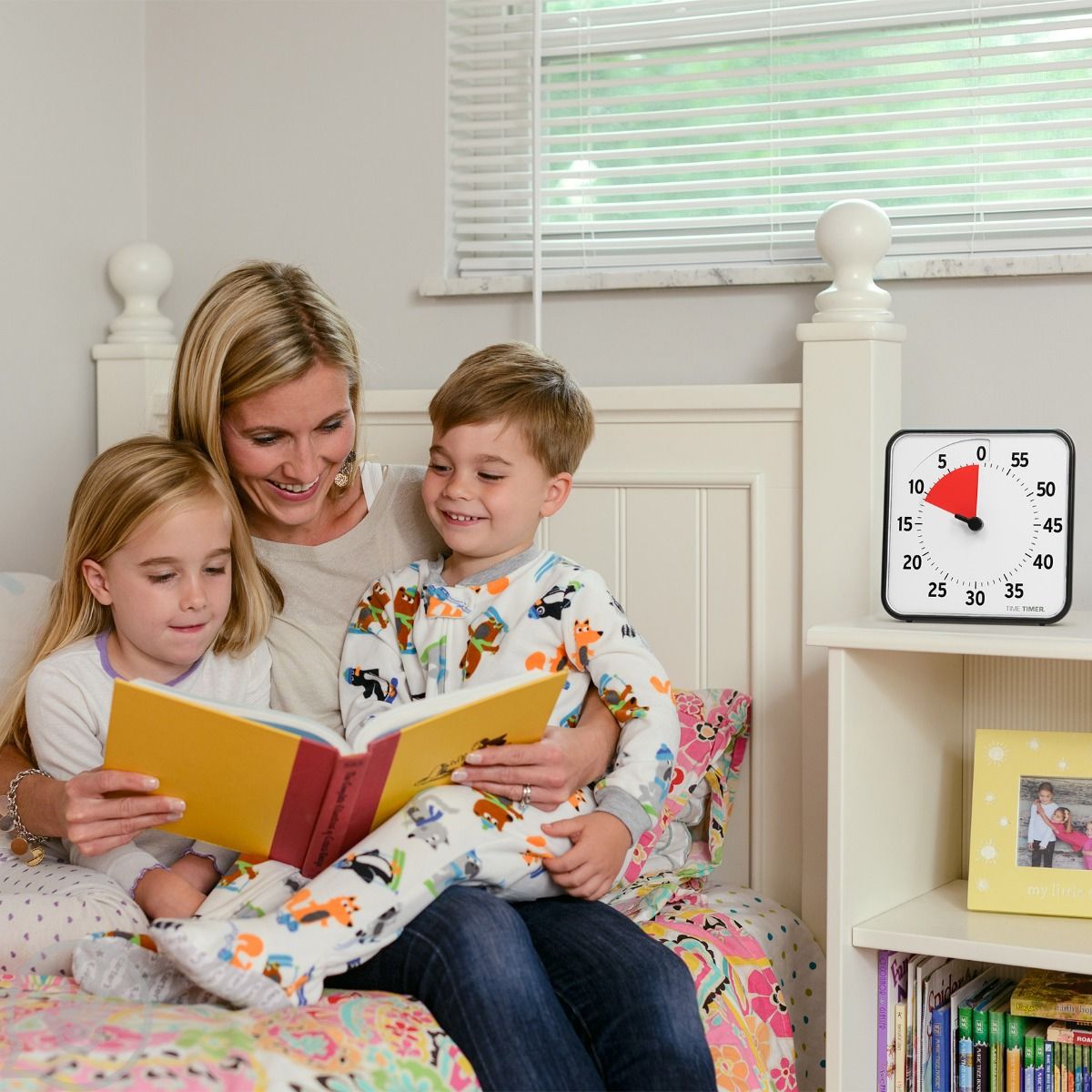
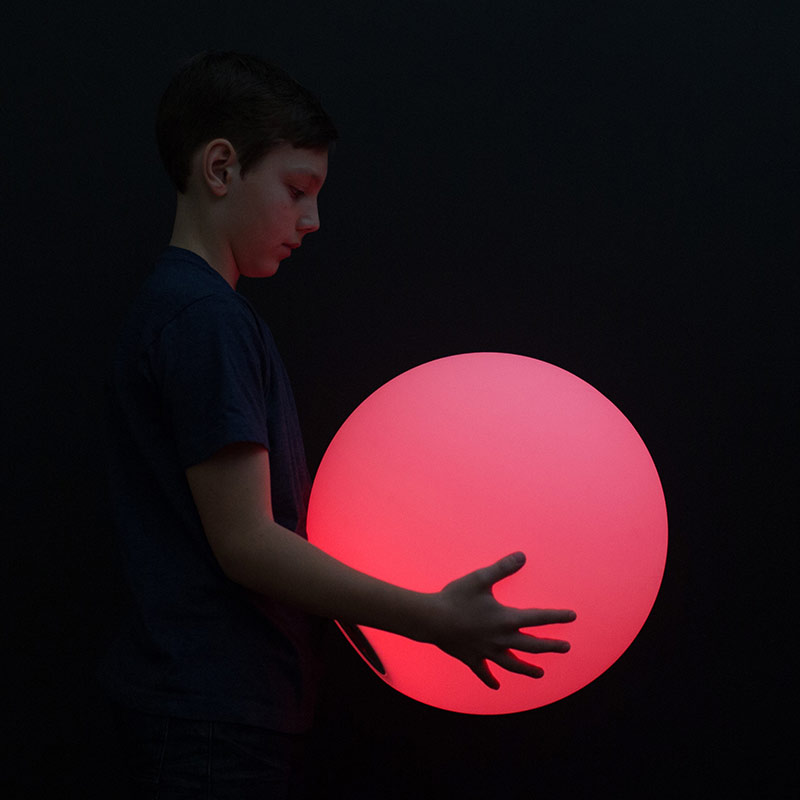
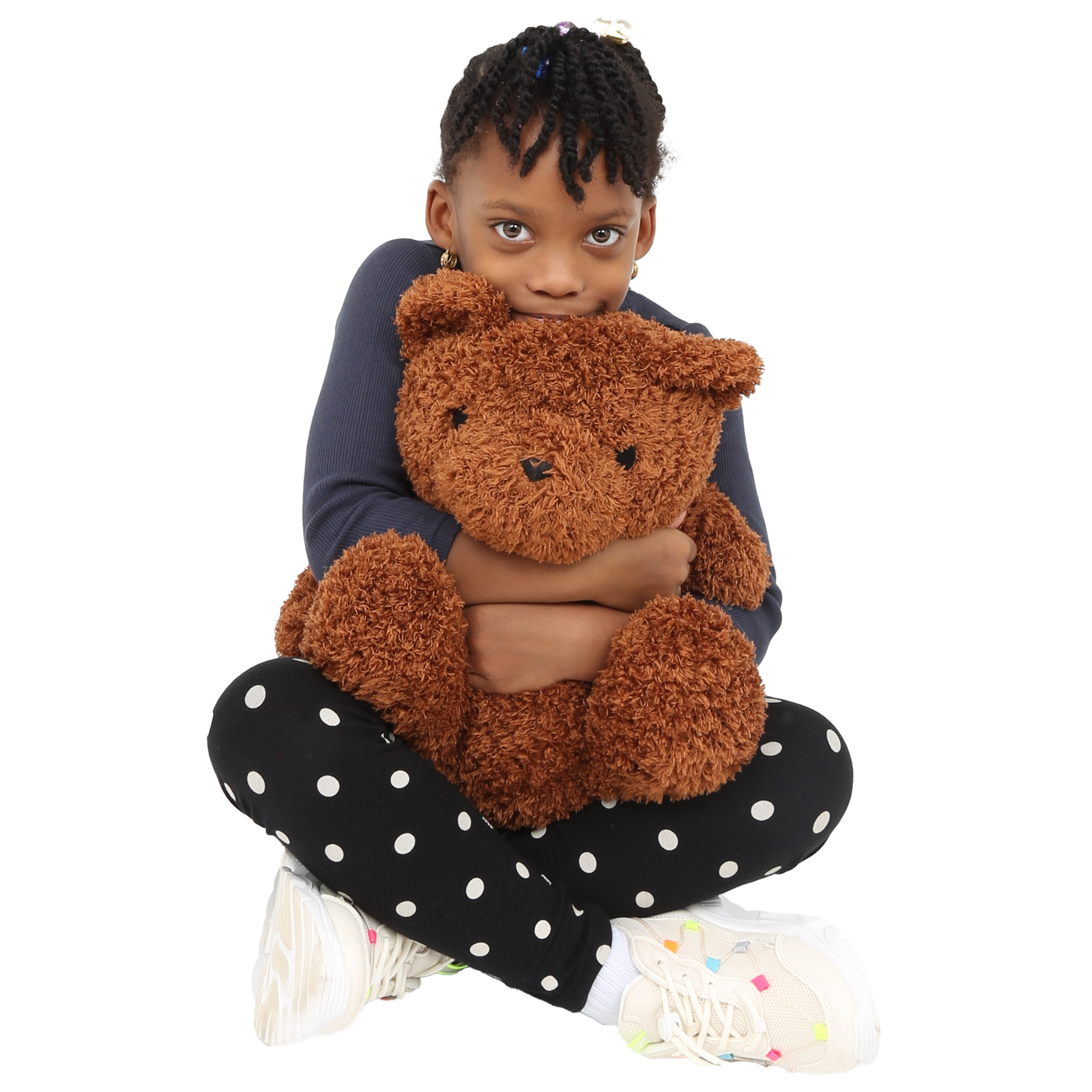
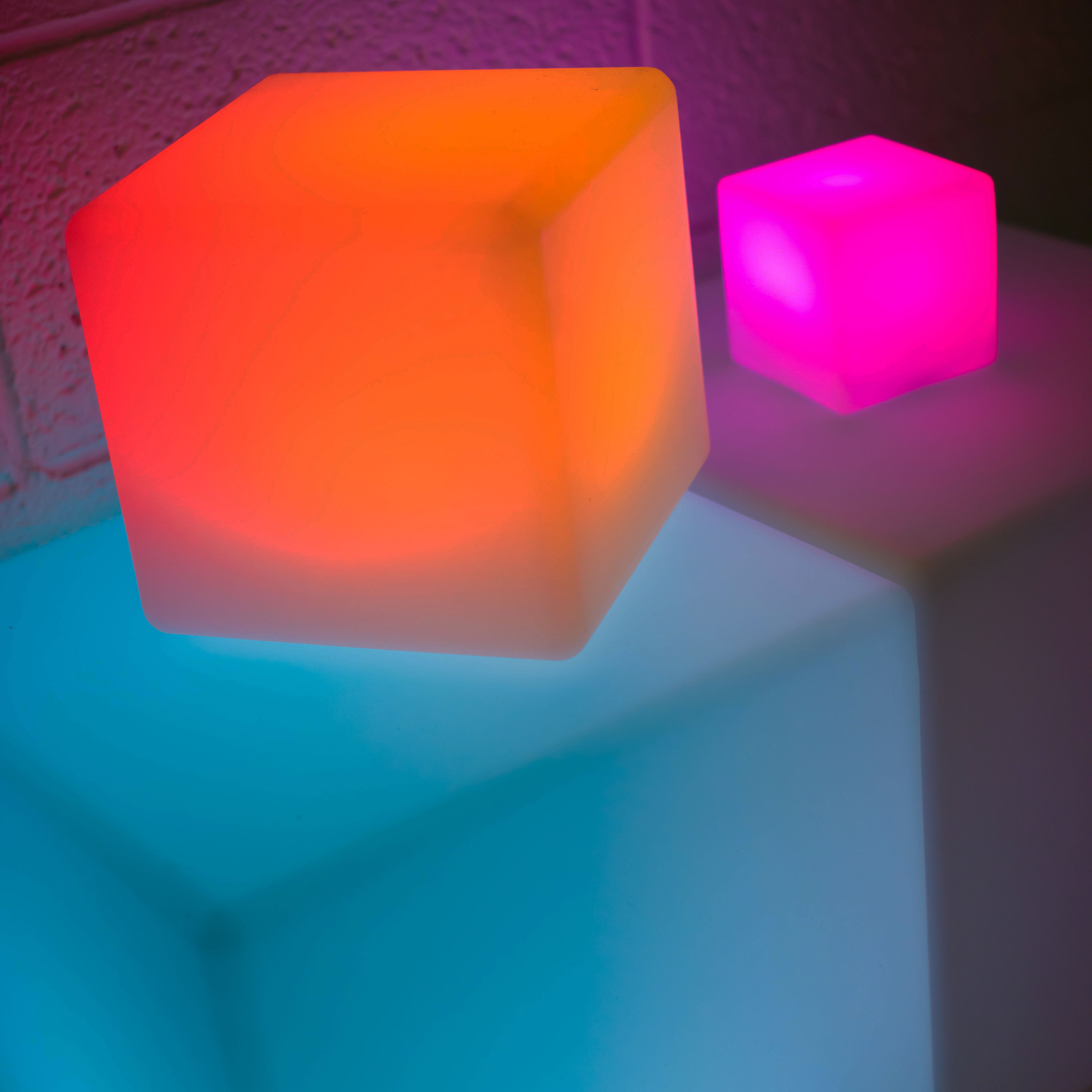
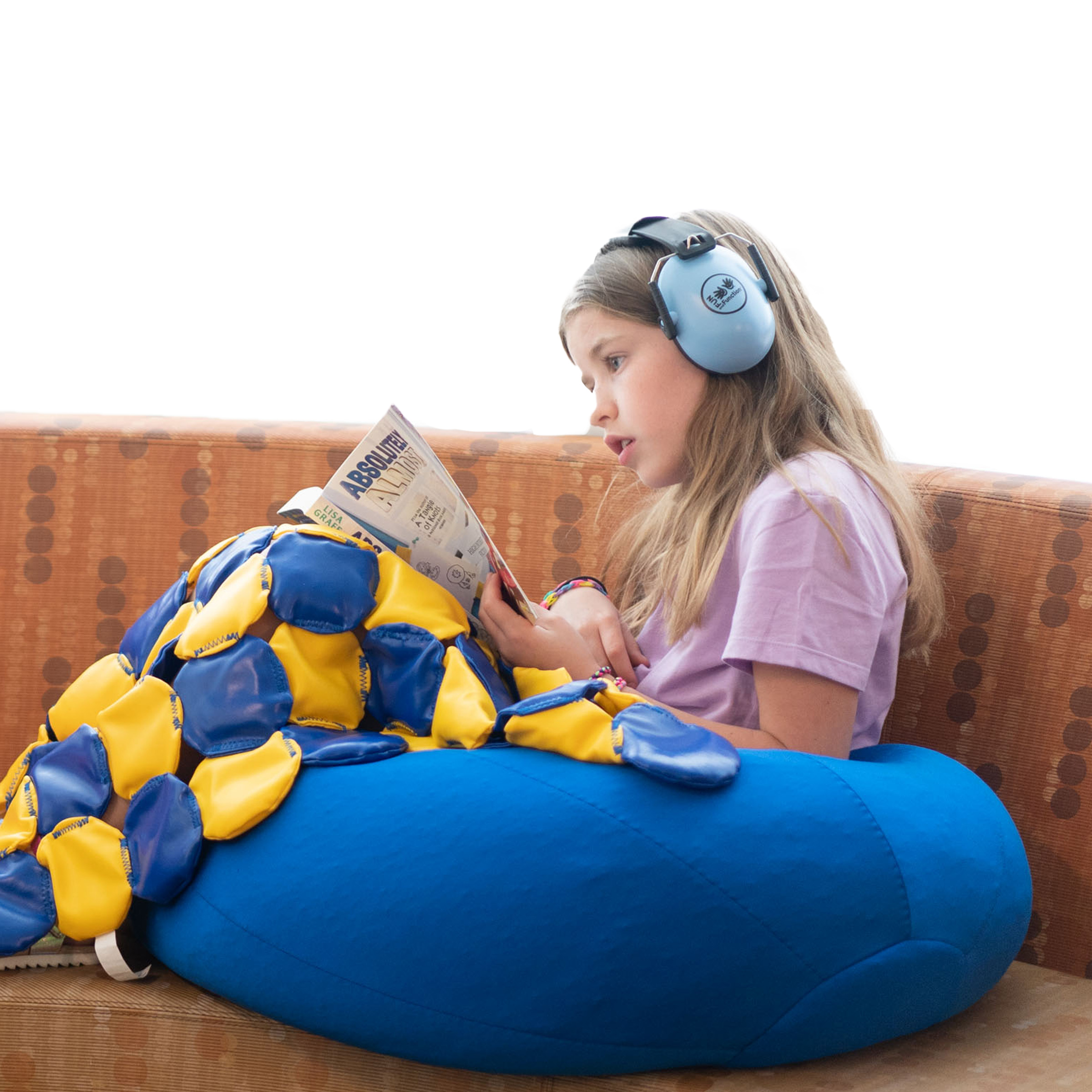
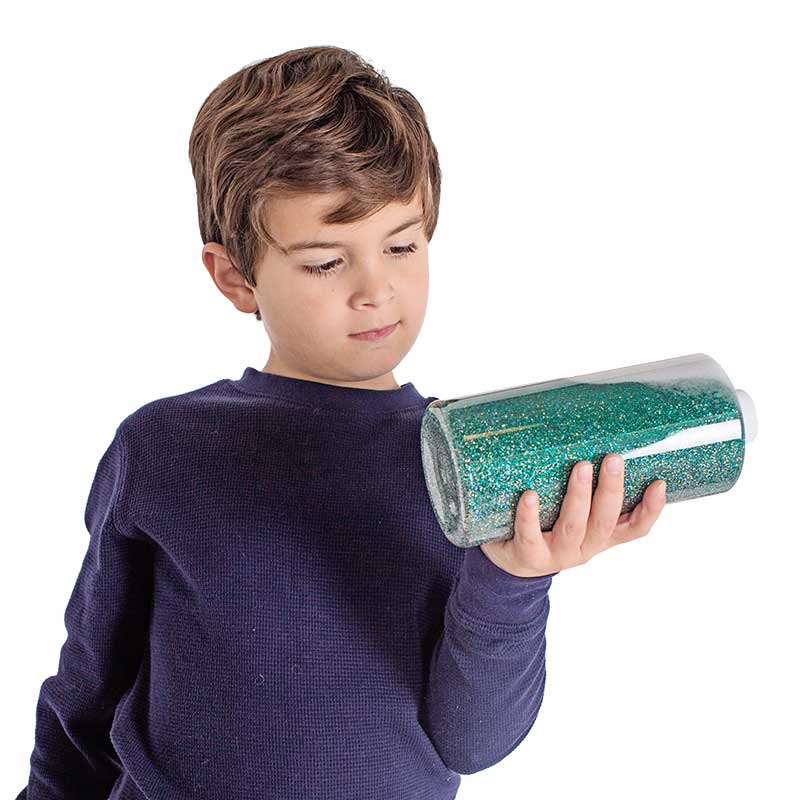
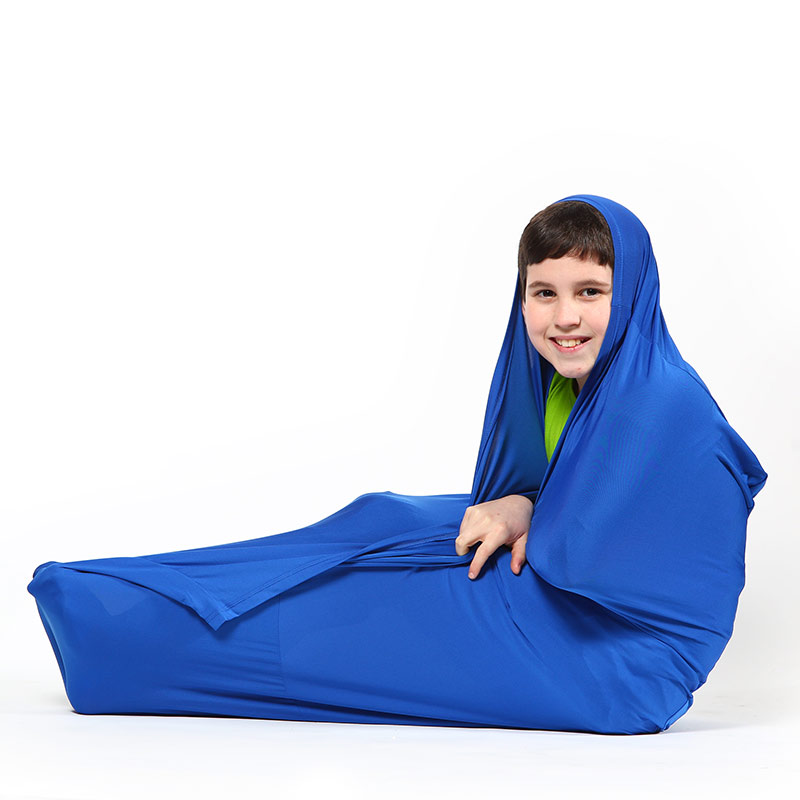
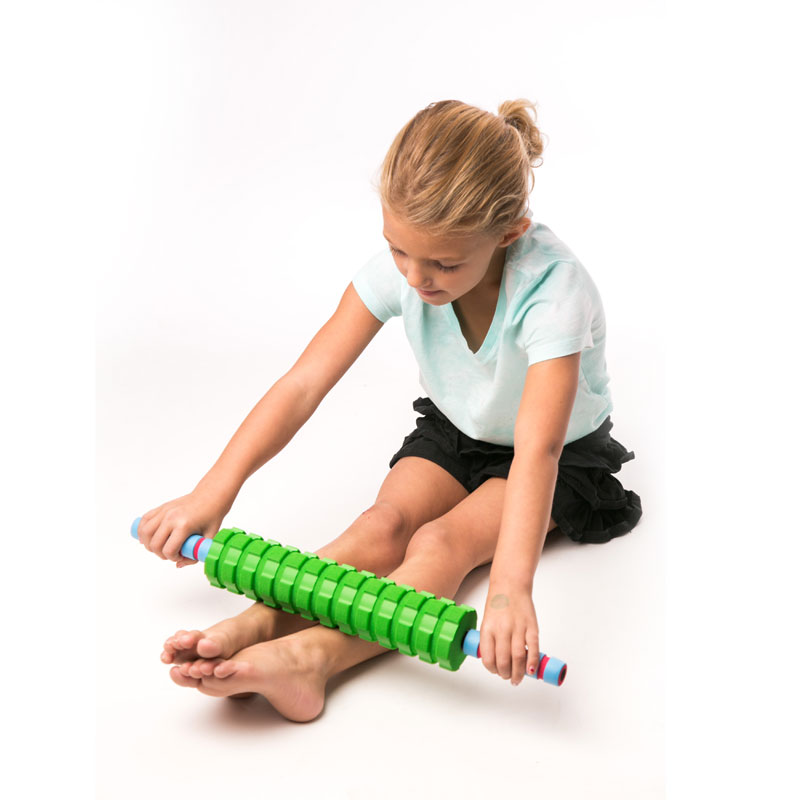





Comments